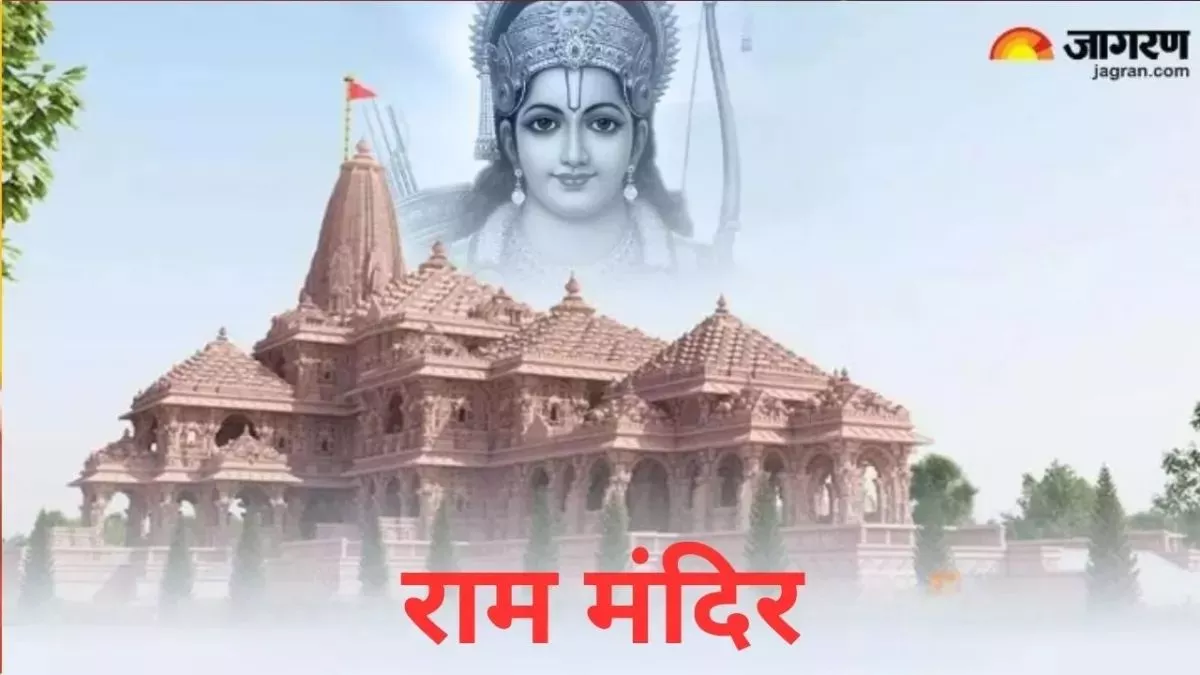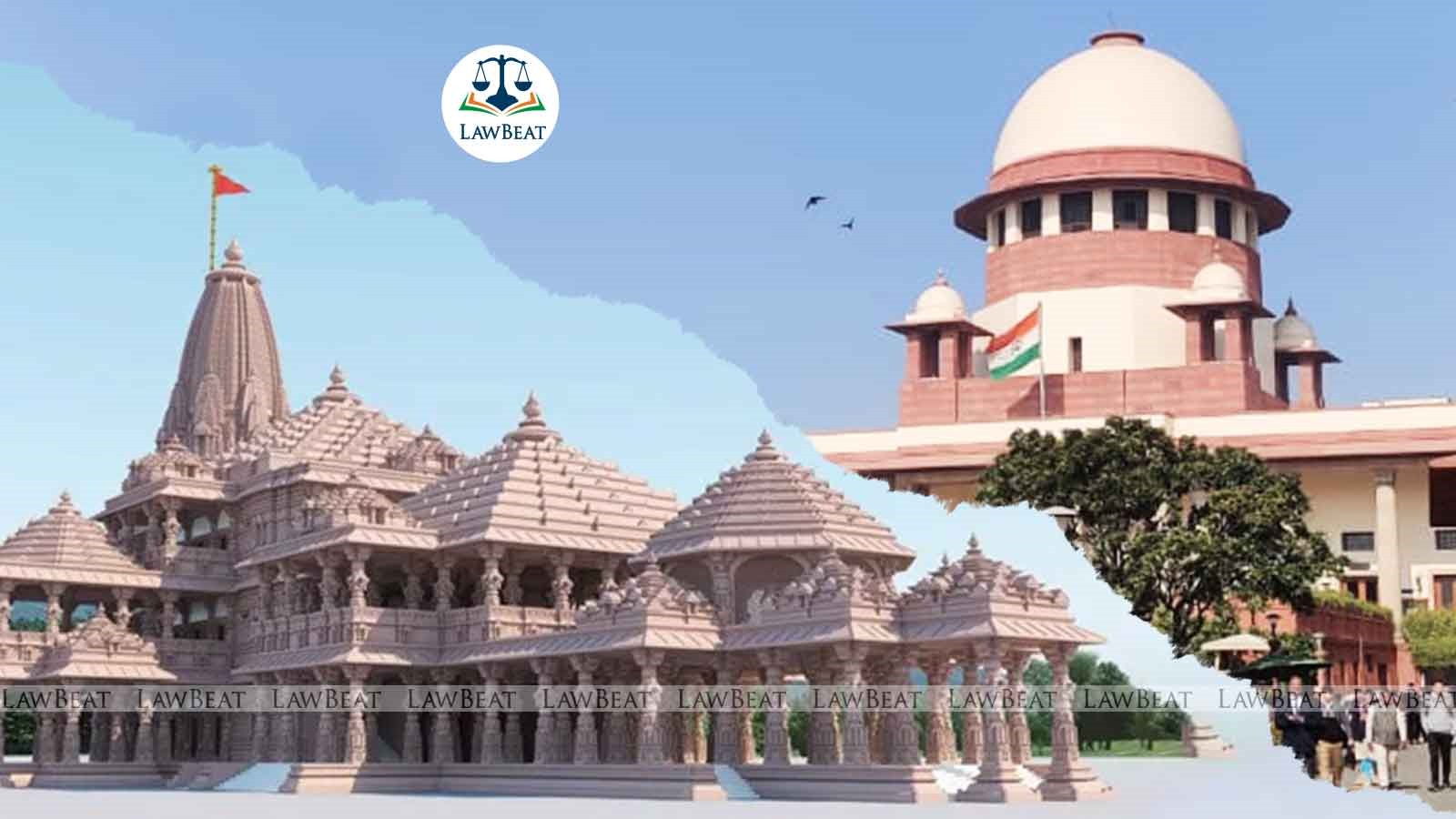A Land Steeped in History: The Ram Janmabhoomi Verdict and its Echoes
Ayodhya, a city in Uttar Pradesh, India, holds immense significance for Hindus as the birthplace of Lord Rama, a revered deity in their religion. However, this very land became the center of a centuries-long dispute between Hindus and Muslims. At the heart of this conflict stood the Babri Masjid, a mosque demolished in 1992 by a Hindu mob, and the claim of a temple dedicated to Lord Rama beneath it.
A Legacy of Dispute: Unraveling the Layers of History
The exact origins of the dispute remain unclear. While some Hindu texts mention the existence of a Rama temple at the site, concrete historical evidence is limited. Muslim chronicles document the construction of the Babri Masjid by Mughal emperor Babur in the 16th century. Over time, a railing (chabutra) was built around the disputed site, allowing limited Hindu worship practices.
Tensions escalated in the 19th century, culminating in a riot in 1857. Following this, the British administration built a wall dividing the site, allowing separate access for Hindus and Muslims. This uneasy coexistence continued until the 1980s when the Hindu nationalist movement gained momentum. Demands for the demolition of the Babri Masjid and construction of a Ram temple intensified, culminating in the tragic events of December 1992.
The Long Road to Justice: The Legal Battle
Following the demolition of the Babri Masjid, a complex legal battle ensued. Several lawsuits were filed, primarily by the Hindu Mahasabha (representing the deity Ram Lalla) and the Uttar Pradesh Sunni Central Waqf Board (representing the Muslim claim). The Allahabad High Court, in a controversial verdict in 2010, divided the disputed land into three parts – one-third each for the Sunni Waqf Board, the Nirmohi Akhara (a Hindu monastic order), and the deity Ram Lalla.
This verdict, however, was challenged by all parties involved, leading the case to the Supreme Court of India. The apex court, in a landmark judgment delivered in November 2019, delivered a unanimous verdict.
The Supreme Court Verdict: Weighing Evidence and Delivering Justice
The Supreme Court's verdict was a nuanced one. Here's a breakdown of the key aspects:
- Birthplace of Lord Rama: The court, based on historical records and witness testimonies, accepted the Hindu belief that the disputed site was the birthplace of Lord Rama.
- Pre-existing Structure: The Archaeological Survey of India (ASI) conducted excavations at the site and unearthed evidence of a pre-existing structure beneath the Babri Masjid. While the court didn't definitively call it a temple, they concluded it was likely of Hindu religious origin.Many idols of Hindu Gods and Goddess were also found during excavations. The ASI reported discovering numerous idols and figurines during the excavation process.Proponents of the Ram temple argued that these idols were evidence of a desecrated Hindu temple
- Construction of Babri Masjid: The court found that the Babri Masjid was constructed by demolishing the pre-existing structure. They also noted that the mosque's construction defied Islamic architectural practices.
- Exclusive Possession: The court acknowledged Muslim prayers at the Babri Masjid for a period. However, they ruled that the Hindus had provided stronger evidence of continuous worship practices at the site, even during the period of the mosque's existence. This, they argued, pointed to the underlying Hindu belief in the site's religious significance.
- Balancing of Rights: The court acknowledged the demolition of the Babri Masjid as a violation of the law. However, they prioritized finding a solution for a peaceful future.
- The Inscription Controversy: Perhaps the most debated piece of evidence was an inscription found on a pillar at the site. This inscription, according to some interpretations, referred to a temple constructed by a king who had defeated a ten-headed figure. Hindu beleivers interpreted this as a reference to Lord Rama, the slayer of the ten-headed demon king Ravana.
- British Government Records: The Hindu parties presented documents from the British Raj era, particularly revenue records, that allegedly mentioned a Ram temple at the site. These records were contested by the Muslim parties who argued they weren't conclusive proof of a temple's existence. However when India was under the British rule, The British also had accepted that there was a Mosque which was originally built on a temple by destroying the temple
- Travel Accounts: Travelogues written by foreign visitors to Ayodhya, particularly in the 16th and 17th centuries, were also presented as evidence. Interpretations of these accounts differed, with Hindus claiming they mentioned a pre-existing temple
Therefore after verifying all these and some other proofs and aspects too, the Supreme Court of Bharat(India) awarded the disputed land to a trust for the construction of a Ram temple. In an attempt to balance religious sentiments, the court also directed the government to allot an alternate site for the construction of a mosque.
The Verdict's Impact: A New Chapter, Enduring Echoes
The Supreme Court's verdict brought a long and contentious legal battle to a close. While celebrated by Hindus, the verdict caused disappointment among Muslims. However, it also ushered in a sense of closure and the hope for peaceful coexistence. The construction of a Ram temple is underway on the disputed site.
The Ram Janmabhoomi verdict remains a landmark case in India's legal history. It highlights the complexities of balancing religious faith with historical evidence and legal principles. The case also serves as a stark reminder of the importance of interfaith dialogue and tolerance in a nation with a rich tapestry of religions and cultures.
Here are some additional points to consider:
- The verdict has been criticized by some for its reliance on faith over concrete historical proof.However,this point seems invalid as critical evidences were put forth before the Supreme Court.
- The demolition of the Babri Masjid continues to be a source of pain for many Muslims in India.
- The construction of the Ram temple is a significant development for Hindus and a source of national pride for many.The Ram Temple Verdict brought joys inside many Hindus as they got back their temple after 500 years that too after a long legal battle.




